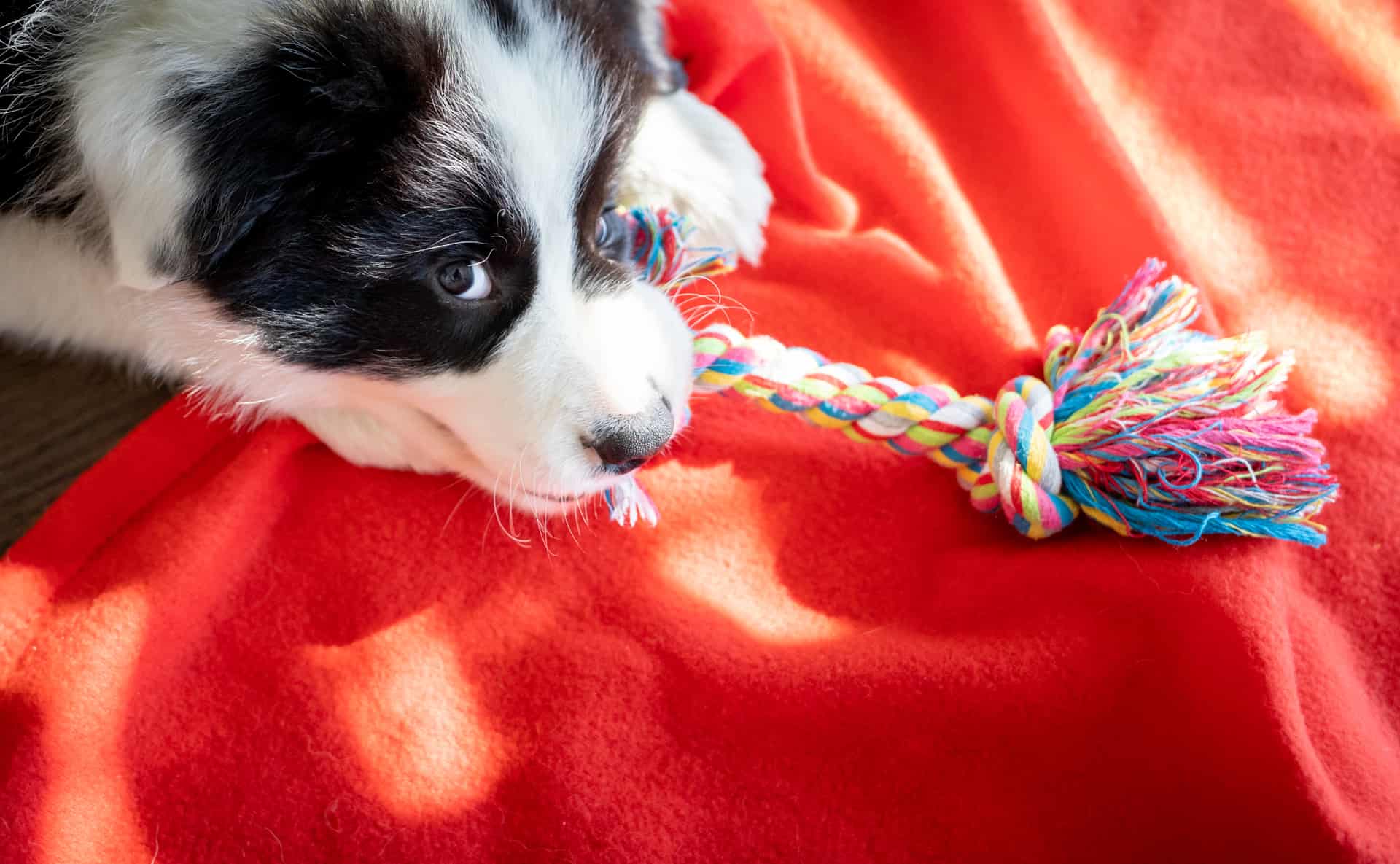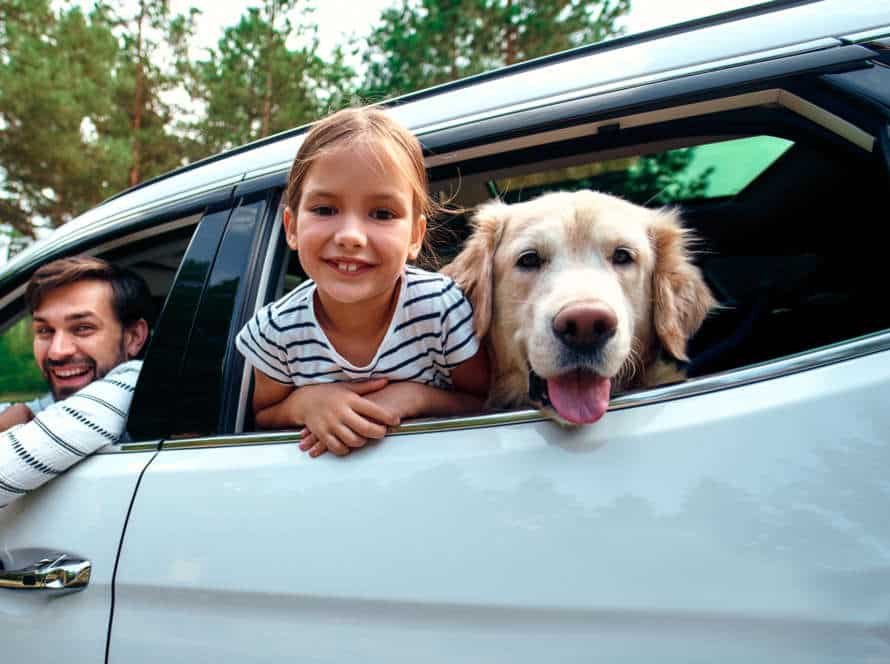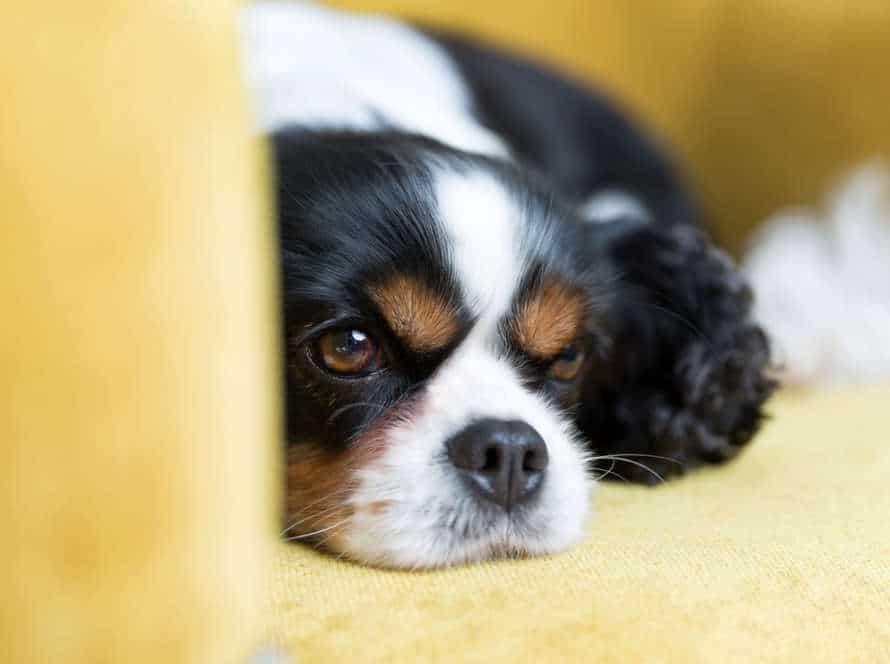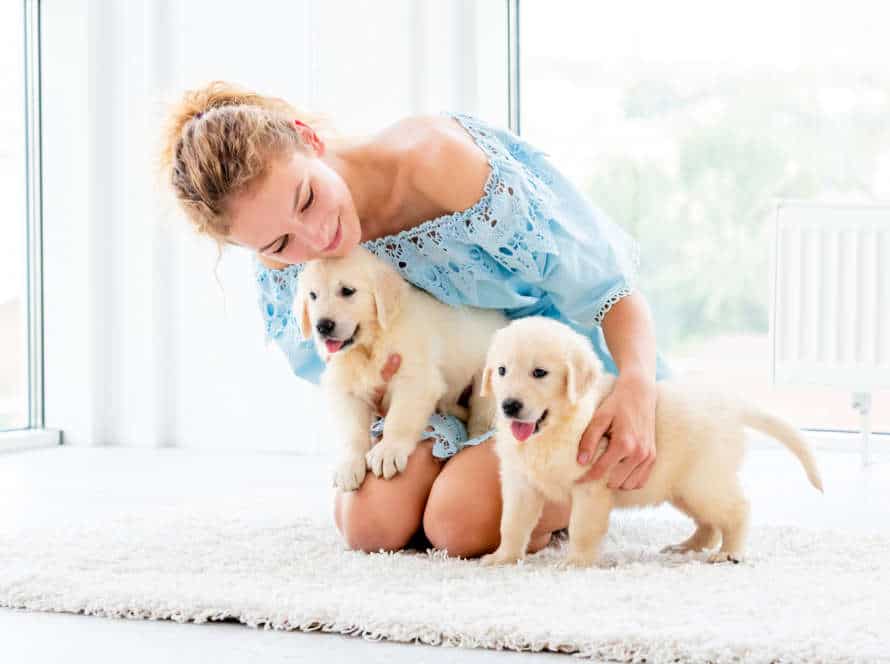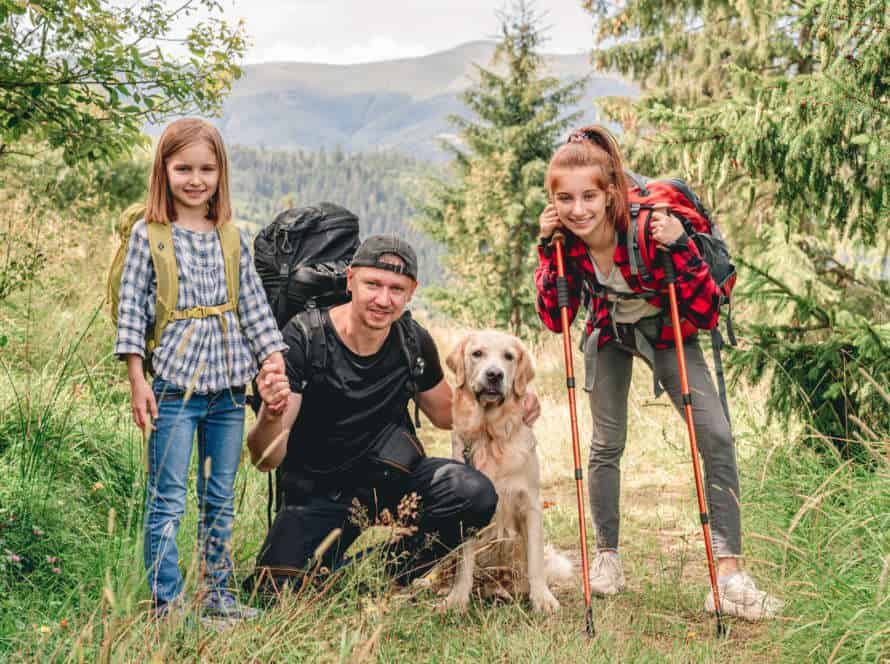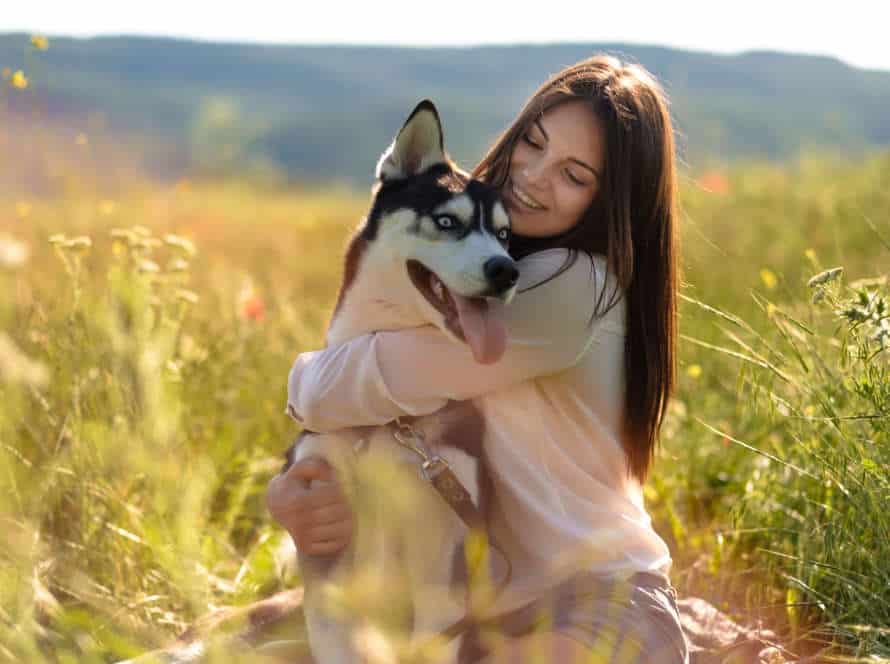Preventing Resource Guarding: Tips for a Harmonious Home
Resource guarding can cause problems between pets and their owners. But, you can stop it and keep your home peaceful. Here’s how:
- Start early – socialize your pet with other animals, people, and its environment.
- Teach it commands like “sit,” “stay,” “come,” and “leave it.“
- Give your pet plenty of resources like food, water, toys, and attention to reduce resource guarding.
- Observe its behavior and act fast if you spot signs of resource guarding, like growling, biting, or guarding.
- If it’s hard to manage, consult a professional animal behaviorist.
Understanding Resource Guarding
Resource guarding is a problem. Your pet may snarl, growl, or snap when it feels its food, toys, or sleeping spot is threatened. This may happen when others or animals come near. To have a harmonious home, it’s important to understand why they do this and how to manage it.
What is resource guarding?
Resource guarding is when dogs protect their precious items, like food, toys, or space. It can cause them to behave aggressively towards people or other animals.
Knowing the signs of resource guarding and why it happens is step one in dealing with it. Warning signs are growling, showing teeth, a stiff body, attacking, or biting if someone tries to take away the item.
To avoid resource guarding in dogs, here are some tips:
- Train your dog to be obedient and have good manners.
- Don’t go near them while they are eating or playing with toys.
- Provide them with lots of toys and treats.
- Use positive reinforcement to show your dog you are not a threat.
- Feed and water them regularly, so they don’t feel the need to guard their resources.
By adhering to these steps, you can create a peaceful home for you and your pet. Pro tip: Always keep an eye on your dog and, if needed, get help from a professional trainer to address any aggressive behavior.
Why do dogs resource guard?
Resource guarding is a common trait in dogs. They view food, toys and their owners as valuable, so they protect them. Reasons for this are fear, anxiety, past trauma or lack of socializing. It’s essential to be careful when dealing with this.
To prevent resource guarding:
- Socialize your pet. This will show them it’s okay to share.
- Train basic commands like “leave” and “drop it”.
- Reward positive behavior.
- Train them that giving up something leads to positive behavior.
- Create a stress-free food environment.
If the tips don’t help, take professional help.
Signs of resource guarding behaviour in dogs
Resource guarding can be common among dogs and can be a real problem. By looking out for your dog’s body language, you can spot signs of resource guarding early. Here are some signs to watch out for:
- Growling, showing teeth, or biting when people or other animals come near them while they have a resource.
- Stiffening their body, staring, or freezing when someone approaches their item.
- Eating fast or concealing food or treats.
- Snarling or snapping when someone tries to take away their toy or object.
It’s important to tackle these behaviors before they get worse. Train your pup to feel more comfortable sharing their resources. Also, try getting a professional trainer to make a plan for your dog’s behavior. With time and persistence, resource guarding can be improved. This makes for a much more pleasant home for you and your furry friend!
Prevention Strategies for Resource Guarding
Resource guarding is a normal, natural instinct among animals. It is when they try to defend their access to food, items, or places they think of as resources. When it gets out of control, it can be a problem. To stop or lessen it in your home, there are some things you can do. Here are some of the strategies:
- Teach your pet to “drop it” or “leave it” on command, and exchange toys or other items with something more appealing.
- Trade items with your pet by offering a high-value item in exchange for a low-value or a less desirable item.
- Desensitize your pet to your approach while it’s eating by gradually getting closer and offering it a treat or more food as you approach.
- Supervise your pet while it’s eating, playing with toys, or relaxing on its favorite spot to prevent potential guarding behaviors from escalating.
Start training your puppy early
Resource guarding can be a big problem for puppy owners. But with early training, it’s possible to avoid this behaviour and create a peaceful home for your puppy and family.
Here are some tips:
- Start training your puppy ASAP. Use positive reinforcement to show them that sharing is good.
- Set a routine for mealtime and playtime. This will help your pup understand what to expect and feel secure.
- Teach them “drop it” or “leave it”. That way you can safely remove any items they guard.
- Never punish them for guarding. Redirect their attention to another activity, or reward them for sharing.
- If your pup shows signs of aggression, or if you are worried about their behaviour, seek professional help. With patience and consistency you can stop resource guarding, and have a great relationship with your furry friend.
Establish a consistent feeding routine
Creating a consistent feeding schedule is an important step to prevent resource guarding in dogs. This gives them a predictable and structured environment, making them feel relaxed and secure.
Here are some tips to make this happen:
- Work out how much food your pooch needs, according to their size, age and exercise habits.
- Establish a feeding schedule that fits both your dog and family’s routine, and stick to it.
- Choose a quiet spot for feeding, away from busy places and other animals.
- Train your pup to link positive experiences to mealtime to reduce their stress and aggression. You can do this with treats or toys.
By instilling a regular feeding routine, you’ll create a peaceful environment for you and your furry friend.
Use positive reinforcement to reward good behavior
Positive reinforcement can help with good behavior and stopping resource guarding in pets. It teaches your pet that being with you and positive interactions lead to good things. Here are some tips for using it:
- Give treats when your pet is nice to people or other animals in the same space.
- No punishing – this can make the behavior worse.
- Train them basic commands, like “sit” and “stay”, and reward them with a treat or praise.
- Do the training often to remind them of the good behavior.
- Remember to be consistent and positively reinforce good behavior to have a peaceful home with your pet.
Positive training techniques to stop resource guarding
Resource Guarding is a behaviour where a dog will not share an item. It can be destructive, leading to aggressive outbursts and physical harm. Luckily, it can be prevented and managed! Here are tips to help:
- Use positive reinforcement training techniques. This is key to prevention.
- With these methods, a harmonious home can be maintained.
Teaching drop it and leave it commands
Teaching your pup the “drop it” and “leave it” commands with positive techniques is vital. It helps create a harmonious home. Here’s how:
Drop it:
- Hold a treat or toy, and let your dog take notice.
- Say “drop it” and give a tastier treat.
- Reward them when they drop the original item.
Leave it:
- Hold a high-value item and close your fist.
- Say “leave it” and offer a low-value treat.
- Praise and reward them when they go for the low-value treat.
Using positive reinforcement methods like this will help train your pup and stop resource guarding.
Modify behavior through counter-conditioning
Resource guarding in pets can be an issue. But it can be managed using positive training techniques, such as counter-conditioning. This technique changes your pet’s behavior by changing the bad connection to a good one.
Here’s how to counter-condition:
- Find what causes your pet to guard its resources.
- Slowly show your pet the triggering thing, e.g. toys, food, or its bed area.
- When it behaves well near the stimulus, reward it with treats, praise, or its fav toy.
- Do this again and again, to make your pet’s behavior better. It will no longer guard its resources.
Pro tip: Be patient and consistent. Celebrate small successes and reward them to make progress.
Teach a “sharing” cue to encourage good behavior
Train your pup a “sharing” cue. It’s a great way to promote good behavior and stop resource guarding.
- Show them a treat or toy they like but don’t guard.
- Give the cue (e.g. “share,” “give“).
- Wait for the release, say “yes!” and give a more valuable reward.
- Repeat with different items and make it more difficult.
- Gradually increase the value of items.
With practice, your pup will know sharing is fun and rewarding. Resource guarding will reduce and you’ll have a content pet who shares with you and others.
Tip: Use positive reinforcement. Don’t punish and never force them to give up something they’re guarding.
Managing Resource Guarding Behavior
Resource guarding is a common problem for pet owners. It’s an instinctive behavior for many animals. When they feel threatened, they protect an object or resource from other people or animals. This leads to aggressive displays. Luckily, there are ways to manage and prevent this behavior.
Here, we’ll discuss the basics of resource guarding. Plus, we’ll provide you tips to keep your pet and family safe and happy.
Keep high value items out of a dog’s reach
Dogs can guard ‘high-value items’, like food, toys and bones. To have harmony in your home, keep these items away from your pup! Here are some tips to ensure this:
- Store their food in a safe place, like a pantry or cupboard.
- Give them their own space to eat and drink.
- Don’t leave toys and bones around the house. Give them as a treat when you can watch.
- Teach your pup the ‘leave it’ command.
- If your pup does guard items, get help from a professional dog trainer or behaviorist.
Train your dog alternative behaviors
If your pooch is displaying resource guarding behavior, training them to do something else is an efficient way to manage their conduct and foster peace at home.
Here are some alternative behaviors you can teach your pup to do:
- Trade – Educate your dog to swap their resource with something they value more, like a treat or a toy. This will make them realise that relinquishing their resource doesn't always mean losing it completely.
- Drop it – Instruct your dog to drop their resource when commanded. This can help to forestall any potential guarding behavior from arising.
- Leave it – Teach your dog to ignore a resource when commanded. This command can be useful in preventing your dog from becoming unreasonably possessive over certain items.
These alternative behaviors can help your dog feel calmer about sharing their resources and reduce their inclination to protect them.
Use management tools such as treat dispensing toys
Resource guarding in dogs can be a problem. It causes worry and anger for both the pup and its human. Management tools like treat-dispensing toys can help. Here’s how:
- Use puzzle toys like Kongs, treat balls, and snuffle mats. Fill them with treats. Use ’em when you have to take away your dog’s food, toys, or other things.
- Practice positive reinforcement. Instead of taking things away, reward good behavior when handling items.
- Training techniques like “leave it” and “drop it” can teach your dog to give up items when you want.
- Prevent access. Use baby gates or closed doors to areas where resource guarding may happen. Like the kitchen or food storage area.
Pro Tip: Patience, consistency, and positive reinforcement are key. A professional trainer or behaviorist helps with severe cases.
Seeking Professional Help
Is your pup’s resource guarding not improving? Think about seeking help from a professional! A trained behaviorist or trainer can provide you with advice on how to deal with the situation. They can also recommend equipment which could help manage the problem. Get help and give your dog a chance to learn to be more relaxed with people and objects.
Signs that you may need professional help
Is your pup exhibiting signs of resource guarding? If so, it might be time to get pro help. Resource guarding is when a pup is defensive or aggressive when someone or another animal comes near its food, bed, or toys. These are signs you may need help preventing resource guarding:
- Growling, biting, or snapping when someone comes close to its stuff
- Becoming tense when someone goes near its goods
- Showing aggression when someone tries to move its stuff
- Not allowing other animals or family members to come near its stuff
Getting help can include working with a dog trainer or behaviorist. They can deal with the cause of the resource guarding and teach the pup better ways to interact with its environment.
The importance of consulting a qualified dog trainer or behaviorist
It’s essential to consult a qualified dog trainer or behaviorist to stop resource guarding. This is when your pup gets possessive of stuff like food, toys, even your attention. Without training, it can lead to biting and injuries.
A pro can give you the tools to stop resource guarding and help your pet share resources. Here are some tips for prevention:
- Keep a routine
- Don’t take away high-value items
- Offer a yummy treat instead
- Teach your dog “drop it”
Get professional advice from a qualified dog trainer or behaviorist to handle resource guarding and other problem behaviors in a safe way.
A professional trainer’s approach for treating resource guarding behavior.
Resource guarding in dogs is a serious concern and needs a trained expert to treat it properly. To prevent it, here’s what you can do as a dog owner:
- Identify what triggers the guarding behavior when your pup is around food, toys, or other items.
- Get a professional trainer to make a plan for teaching your dog.
- This plan may include counter-conditioning, positive reinforcement, and desensitization.
- Everyone in the family must stick to the plan for it to work.
- Reward good behavior and avoid confrontation.
With consistency, your dog’s resource guarding behavior will be modified and your home will be peaceful.
Frequently Asked Questions
Q: What is resource guarding in dogs?
A: Resource guarding is when a dog becomes possessive of a certain item such as food, toys, or their sleeping area and may show aggressive behavior when another person or animal tries to approach or take it away.
Q: Why is it important to prevent resource guarding?
A: Preventing resource guarding is important to ensure a harmonious and safe home environment for both the dog and its owners. Resource guarding can lead to conflicts and potentially dangerous situations for humans and other animals in the household.
Q: How can I prevent my dog from resource guarding?
A: Some tips for preventing resource guarding include teaching the “drop it” command, using positive reinforcement training, not taking away items from the dog, and providing separate feeding areas for multiple dogs.
Q: What should I do if my dog is already displaying resource guarding behavior?
A: It is important to seek the help of a professional dog trainer or behaviorist if your dog is already showing resource guarding behavior. They can help to implement a training plan and provide guidance on safe management techniques.
Q: Can resource guarding be completely eliminated?
A: While resource guarding behavior may never be completely eliminated in some dogs, it can be managed through consistent training and effective management techniques.
Q: How can I make sure that my home remains harmonious and safe for both my dog and my family?
A: It is important to always supervise interactions between dogs and other animals in the household, provide each pet with their own space and resources, and be aware of any signs of potential aggression or resource guarding behavior.

